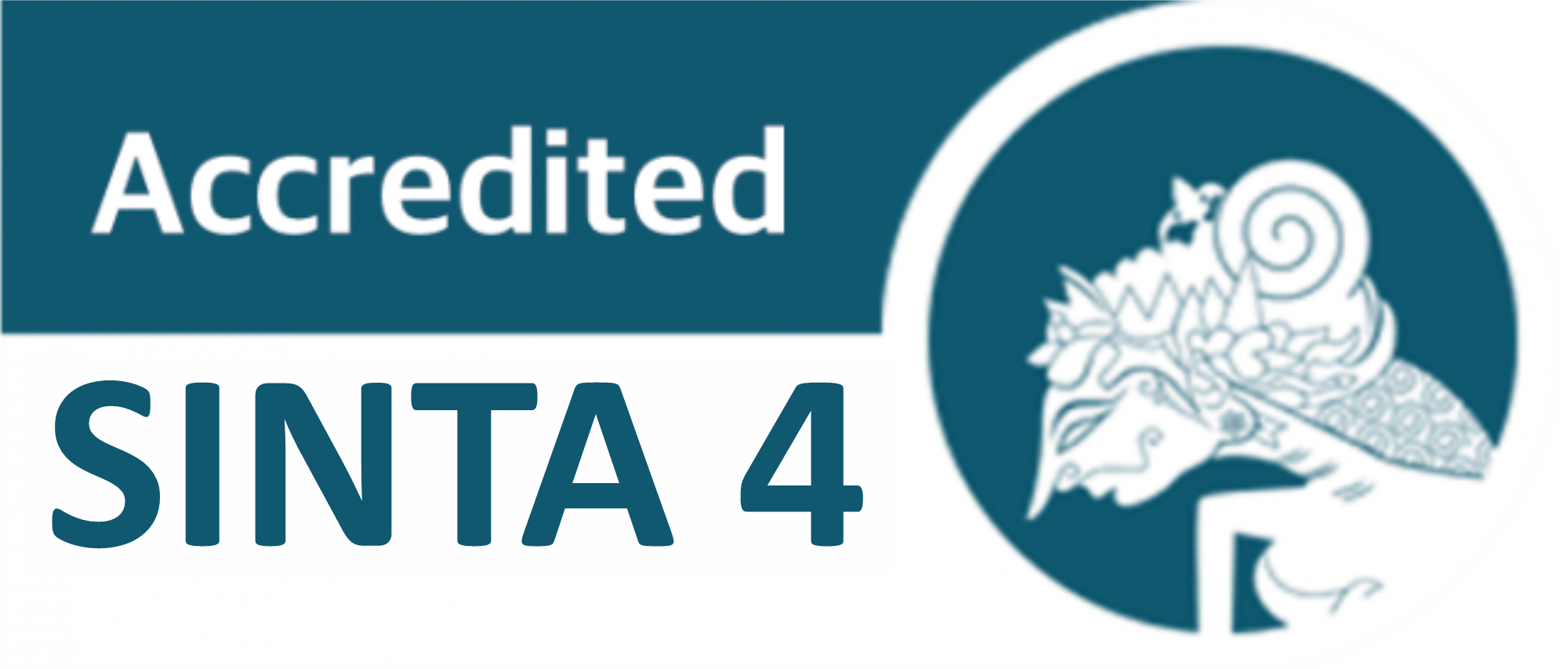Screaning Plagiarism
1. Plagiarism & Similarity Screening — Policy
Gorga maintains a zero-tolerance stance toward plagiarism and takes all reasonable steps to ensure the originality and integrity of material we publish.
1.1 Similarity checking tool
All submitted manuscripts (and final accepted versions) are screened using an originality-checking tool (Turnitin). Screening is performed after the administrative and desk-scope checks described in the peer-review policy.
1.2 Interpreting similarity scores
-
The journal uses similarity reports as a diagnostic tool only. A similarity index is not by itself proof of plagiarism: matches may come from correctly cited quotations, references, common phrases, or standard methodological text.
-
Guideline thresholds (indicative):
-
≤ 20%: generally acceptable, but the editor will inspect matched sources and contexts.
-
> 20% and ≤ 30%: editorial review required — authors will be asked to explain overlaps and to revise text to reduce unattributed similarity (e.g., better paraphrasing, explicit quotations, and full citations).
-
> 30%: triggers formal editorial investigation; may lead to desk rejection, rejection after review, or referral to the authors’ institution, depending on the nature and distribution of the overlaps.
-
The thresholds above are guidelines; editors will exercise judgment and examine the report details (including which sections are matched, whether matches involve self-citation/preprints, methods sections, or third-party materials).
1.3 Outcomes & actions for problematic similarity
-
Minor/benign overlaps: revision request (improve citations/paraphrase) and resubmission.
-
Substantial unattributed overlap: initial rejection or return to authors for major revision with a mandatory explanation.
-
Clear plagiarism or misappropriation (e.g., copied text, data, figures without attribution; fabricated/falsified content): immediate investigation according to the journal’s misconduct procedures (see Section 4). Possible outcomes include rejection, notification to the authors’ institution, or other sanctions.
-
Self-plagiarism / redundant publication: authors must disclose prior dissemination (preprints, conference proceedings). Redundant publication without disclosure may be treated as misconduct.
1.4 Author responsibilities
-
Authors must ensure manuscript originality and properly cite or quote sources. All third-party material (images, large text extracts) requires written permission and must be identified in the manuscript.
-
At submission, authors must declare any prior dissemination (preprints, theses, conference papers) and upload any necessary permissions.
1.5 Editorial transparency
-
If the editorial office requests clarifications or revisions based on a similarity report, authors should respond promptly and provide a point-by-point explanation. Failure to respond satisfactorily may lead to rejection.
2. Withdrawal of Manuscripts (Authors’ Requests)
-
Authors are discouraged from withdrawing manuscripts once they have entered the formal review or production process. Withdrawal after peer review or acceptance imposes costs and delays.
-
Procedure to withdraw: the corresponding author must email the Editor-in-Chief from the same address used during submission, clearly stating the reason for withdrawal. The request should include the manuscript ID and title.
-
Editorial response: The editorial office will acknowledge the request within seven working days. Withdrawal may be refused if substantive editorial or contractual obligations have been incurred (e.g., after acceptance and production). In the event of withdrawal after review/acceptance, the editor may require a written agreement outlining the consequences (e.g., notification in the database) before approval.
3. Corrections, Expressions of Concern & Retractions — General Principles
Gorga follows COPE best-practice principles when correcting the literature. The journal aims to maintain a transparent and fair scholarly record.
3.1 Corrections (Errata / Corrigenda)
-
Issued for honest errors that do not invalidate the main findings (typographical errors, minor data/author-affiliation corrections).
-
Corrections are linked to the original article, clearly labeled, and freely accessible.
3.2 Expressions of Concern
-
Published when editors become aware of serious concerns (e.g., possible misconduct or contested integrity) but an investigation is ongoing or evidence is inconclusive. An Expression of Concern alerts readers while the investigation proceeds.
3.3 Retractions
-
Retraction is used when there is clear evidence that findings are unreliable (error or fabrication), plagiarism, redundant publication without disclosure, unethical research, copyright infringement, compromised peer review, or undisclosed major conflict of interest that invalidates the work.
-
Retraction notices:
-
Are linked to the original article in all online versions;
-
Clearly identify the retracted article (title, authors);
-
Are explicitly labeled “Retraction” (not a disguised correction);
-
State who is retracting the article (authors, editor, publisher) and give the reason(s);
-
Are factual, objective, and avoid inflammatory language;
-
Are published promptly and free to access.
-
3.4 When retraction is not appropriate
-
Authorship disputes without evidence that findings are unreliable;
-
Correctable errors where a correction would suffice;
-
Inconclusive evidence pending institutional investigations (editors may issue an Expression of Concern instead).
4. Investigations & Sanctions — Procedure
4.1 Initial assessment
-
On suspicion of plagiarism or other serious misconduct (from similarity reports, reader complaints, or reviewer reports), the Editor-in-Chief conducts an initial assessment and documents evidence.
4.2 Contacting authors & request for explanation
-
The authors will be contacted and asked to respond within a specified timeframe (usually 14 days) with an explanation and supporting documentation.
4.3 Escalation & institutional referral
-
If the author’s response is unsatisfactory or suggests serious misconduct (fabrication, falsification, substantial plagiarism), the journal will contact the authors’ institution(s) and request an investigation. The journal will cooperate with institutional inquiries and may suspend editorial decisions pending the availability of institutional findings.
4.4 Possible sanctions
-
Rejection of manuscript;
-
Retraction of published article(s);
-
Publication of corrections/expressions of concern;
-
Notification to authors’ institution(s) and funders;
-
Temporary or permanent ban on submitting to the journal for a defined period;
-
Notification to indexing services where appropriate.
4.5 Recordkeeping & confidentiality
-
The journal will keep records of allegations, evidence, correspondence, and decisions. Investigations will be handled confidentially to the extent possible while ensuring a fair process.
5. Appeals & Dispute Resolution
-
Authors may appeal editorial decisions or sanctions by submitting a written appeal to the Editor-in-Chief within 30 days of notification, supplying new evidence or clarifications. Appeals are reviewed by senior editors or an independent panel not involved in the original decision. The journal will respond to appeals promptly (target 30–60 days).









